A Sampling of the Latest Irish Books.
℘℘℘
RECOMMENDED
Providence College Professor of English Charles F. Duffy was planning to teach some Irish American fiction in one of his Modern Irish Literature classes.
“Figuring Edwin O’Connor would loom large…I reread The Last Hurrah,” Duffy writes, “and then looked around for a biography of the author. To my surprise, no such book existed.”
Duffy has changed that with his exemplary A Family of His Own: A Life of Edwin O’Connor.
Beginning with O’Connor’s middleclass youth in a Rhode Island split between Irish and French Canadian Catholics, Duffy follows O’Connor to Notre Dame and the Coast Guard during World War II. Then there are years in radio (with little writing success) and Boston, which O’Connor would use as the (unnamed) setting for The Last Hurrah, published in 1956. Suddenly, O’Connor gained fame with his insightful novel about a machine mayor making one last run for office. (Spencer Tracy’s movie portrayal brought even more acclaim to the novel.)
Six years later, O’Connor won the Pulitzer Prize for The Edge of Sadness, about a melancholy priest in a gritty parish.
Duffy interviewed O’Connor’s family and friends, and also looks closely at places close to O’Connor’s heart: Rhode Island, Notre Dame and Boston, as well as Dublin. Perhaps most insightful is Duffy’s exploration of O’Connor’s many unpublished works. Overall, this is a revealing look at an important Irish-American writer. ($49.95 / 464 pages / Catholic University of America Press)
FICTION
Mary Anne Kelly’s fictional Irish-Polish housewife Claire Breslinski returns in Kelly’s new novel of Queens, New York The Cordelia Squad.
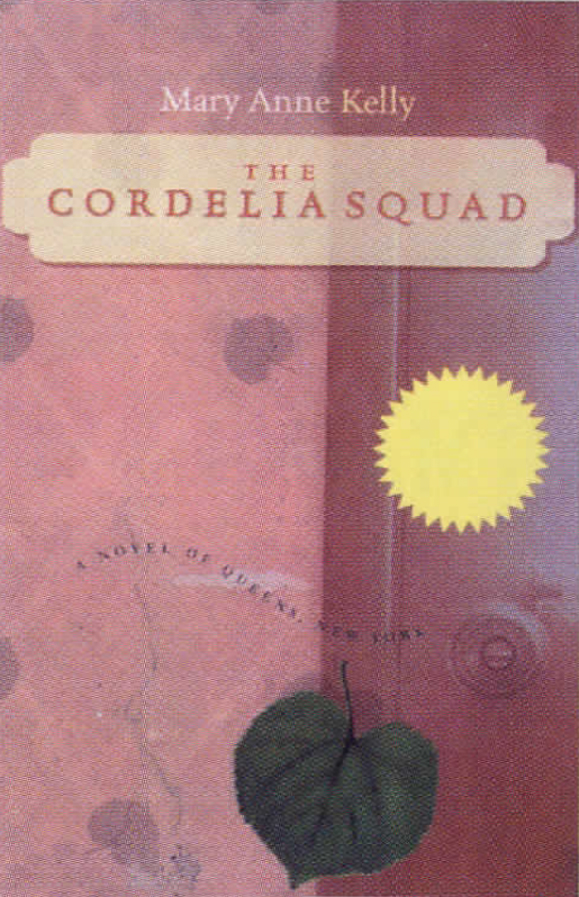
Claire has divorced her cheating husband and moved back to Queens.
“She’d cried for months, really,” Kelly writes. “Cried when people came to look at the house. Cried at the closing. Cried at the lawyer’s when she’d filed for divorce. Cried, especially, when the children tried to be kind. Well, it was over. She wasn’t crying anymore.”
Claire purchases a stylish old home and converts it to a bed-and-breakfast. A suspicious fire, however, destroys a section of the house, nearly endangering her life.
Arson is suspected. A romantically-inclined firefighter and a contractor of questionable repute spice up the proceedings.
Part mystery, part social novel, Kelly scores again with Breslinski, and the quirks and idiosyncrasies of life in Queens. ($24.95 / 336 pages / Thomas Dunne Books-St. Martin’s)
The Boston Irish receive scathing treatment in Ciaran Ross’ “novel of a Boston newspaper” Corruption. What it lacks in subtlety (even the title is a hammer strike), Ross more than makes up for in color and flair.
“In this town,” one publisher bluntly declares, “it’s expedient to stump for the Irish candidate. It’s a simple proposition. I’ve got advertisers to think about. Our bread is buttered on the Catholic side.”
When a reporter dares to suggest that political power actually resides in “the people,” the publisher sniffs: “Don’t be childish.”
More of the same politics, intrigue, sociology and cynicism await readers of Corruption. ($9.95 / 137 pages / virtualbookworm.com)
MEMOIR
Growing up in Dublin, Hugo Hamilton was told that he was one of “the speckled people.” What exactly is that? According to Hamilton’s father, they are “the new Irish, partly from Ireland, partly from somewhere else.”
This was the seed which has blossomed fully into Hamilton’s latest book, The Speckled People: A Memoir of a Half-Irish Childhood. Hamilton’s book is a brilliant twist on a book genre which is certainly in danger of becoming overcrowded: the Irish memoir.
Hamilton’s Dad was a fierce Irish nationalist, and thus demands that his children speak their native language. His mother, however, is a soft-spoken German whose family refused to follow the anti-Semitic lead of the Nazis. She speaks to her children in her own native tongue.
Being the quintessential difficult child, Hamilton disagrees with both of his parents. He wants to speak English, as all the other Dublin children do.
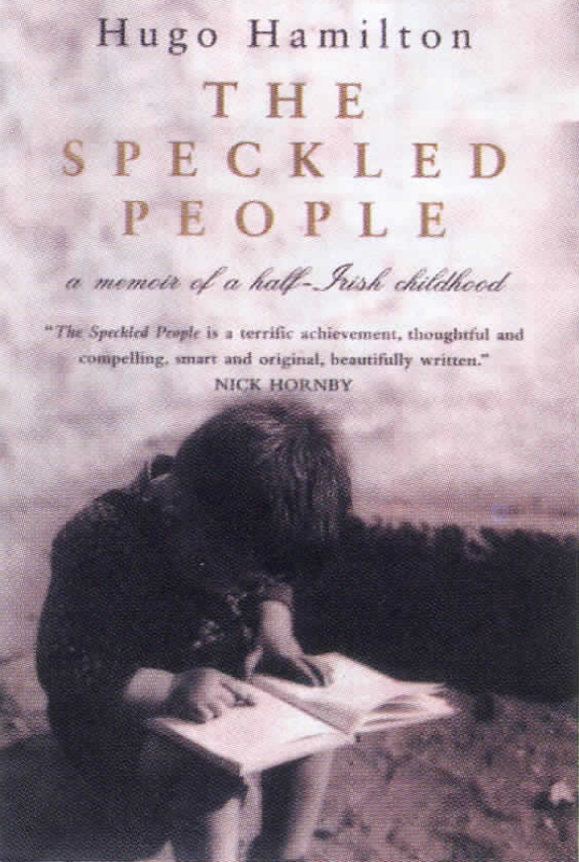
This linguistic conflict is one small part of the broader difficulties Hamilton faced growing up. Kids chased him and called him “Eichmann.” Fueled by fear, guilt and cultural confusion, Hamilton sets out to understand Irish and German history.
At the same time, secrets long-held by his parents will force him to understand history on a much more personal level. All of which has made for what could be Hamilton’s most successful book to date, after building up a fine reputation as a novelist. ($24.95 / 298 pages / 4th Estate)
NON-FICTION
The loss experienced on September 11, of course, was unprecedented in New York – and American – history. However, there was one June day nearly 100 years earlier that saw over 1,000 lives lost on a single day. It is a travesty in and of itself that a definitive book about this horrific day was never written. Until now, that is.
Historian Edward T. O’Donnell (who previously wrote the valuable 1001 Things Everyone Should Know About Irish American History) explores one of New York’s greatest disasters in Ship Ablaze: The Tragedy of the Steamboat General Slocum.
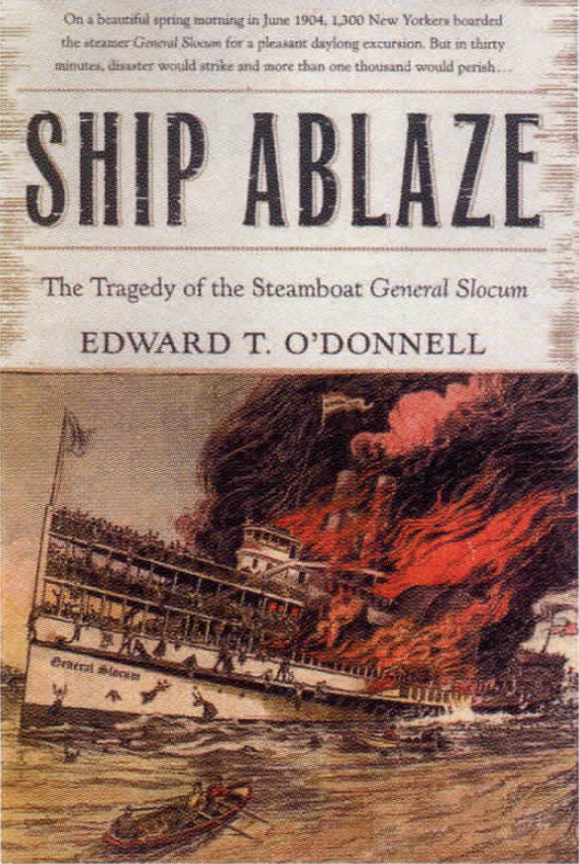
It was meant to be a relaxing day at sea, when over 1,300 Lower East Siders boarded the General Slocum on June 15, 1904. The steamship was planning a leisurely trip from Manhattan to Long Island Sound. But a fire swiftly erupted. By the time the ship docked safely, 1,021 (mostly German-Americans) had died. It was New York’s deadliest tragedy prior to September 11.
O’Donnell excellently uses firsthand accounts of the disaster to explore why the death toll was so high, the city’s response, and why this event was so easily forgotten. Following this disaster, the German-American neighborhood more or less evaporated, moving uptown, in an effort to put this tragedy behind them. O’Donnell finally gives this tragedy the treatment it deserves. ($24.95 / 332 pages / Broadway Books)
_______________
The history of the Irish in the U.S. is a central feature of Irish-American historian John T. McGreevy’s new book Catholicism and American Freedom.
McGreevy (the John A. O’Brien Associate Professor of History at Notre Dame) expertly covers 200 years of conflict between America’s Protestant foundations and the challenge Catholic immigrants presented to it.
As Irish immigrants flooded Boston in the 1850s (when already nearly one in three Bostonians was Irish) esteemed intellectual Theodore Parker lamented: “Soon, Boston will be a Catholic city…and we know what use a few demagogues can make of the Catholic voters.”
But McGreevy – whose previous book, Parish Boundaries, won the John Gilmary Shea Prize of the American Catholic Historical Association – does not merely tell a story of Protestant discrimination. He explores the many complex ways religion entered into debates on wide topics such as slavery, education, civil rights and even the current sex scandals rocking the church. ($26.95 / 431 pages / Norton)
_______________
Cathal Liam offers up an eclectic (at times downright scattered) collection of writing in Forever Green: Ireland Then and Now.
There’s political commentary, poetry and history ranging from the 1916 rising to the 1998 Good Friday agreements. All in all Liam explores Ireland with a clear eye. He has a soft spot in his heart for the Emerald Isle, yet he’s also unafraid to be critical.
Away from the political end of things, Liam offers several off-the-beaten-track portraits of Ireland and its people.
“Instead of reading this modest volume in a single go, digest it leisurely…maybe a story or two a day for a fortnight. Rather than polishing it off as you might typically do, I hope you would savor the stories, adding to each your own thoughts and musings,” he writes. It’s good advice. The same goes for the Introduction by Irish-American artist Edmund Sullivan, whose gorgeous painting adorns Liam’s book cover. ( $14 / 235 pages / St. Padraic Press)
_______________
Local history rarely gets the attention it deserves, and this is particularly true in Ireland, where grand, heroic and romantic themes and figures often dominate.
Ireland’s Banner County: Clare from the fall of Parnell to the Great War, 1890-1918 by Daniel McCarthy manages to tell a significant story on this admittedly small stage.
Events in Clare at this time were nearly as turbulent as they were nationally and abroad. How locals reacted to Parnell and “The Great War” leading up to the Easter Rising is explored by McCarthy, who recently curated an award-winning Clare County Museum exhibit entitled “Riches of Clare.”
McCarthy argues that Clare’s distinct environment has favored what he calls “strong man” leaders since the time of Brian Boru. The men who, at the time covered by McCarthy, emerged from Clare – Michael Cusack, Willie Redmond, Colonel Martin Meaney, and even Eamon de Valera – seem to bear that out.
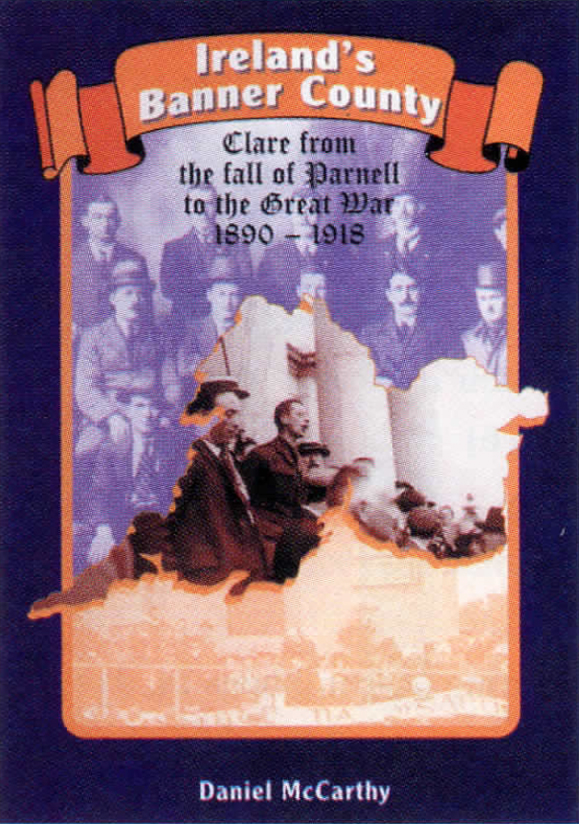
Clare was described by one local observer as “the most Roman Catholic county in Ireland and the most disloyal and disaffected towards the English connection.” Yet Clare also lost a disproportionate number of men during World War I. How this all came about is probed sure-handedly by McCarthy. (Go to www.clarehistory.com for publishing details.)
_______________
A similarly obscure but no less interesting story of the Irish at war is The 1st Royal Irish Rifles in the Great War.
Based on recently released files from the British Public Record Office, author James Taylor looks at the Irish soldiers (from the north and south) who arrived at the front on November 1914, and battled fiercely in Neuve, Chapelle, Fromelles and Somme. They suffered terrible casualties, but also took part in the famous informal Christmas truce.
Taylor offers invaluable insight into these men’s lives with biographical information on almost 300 Irish officers.
“Unit histories can be dry reading,” Martin Middlebrook writes in his Foreword. “This one is not.” Indeed, James Taylor offers a valuable new look at the Irish experience during World War I. ($29.95 / 363 pages / Four Courts Press-International Specialized Book Services) ♦

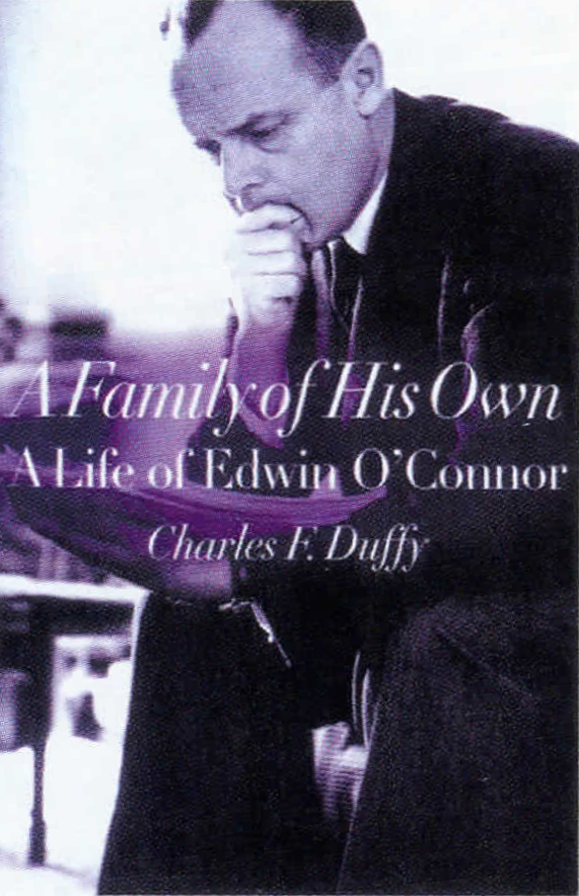
Leave a Reply